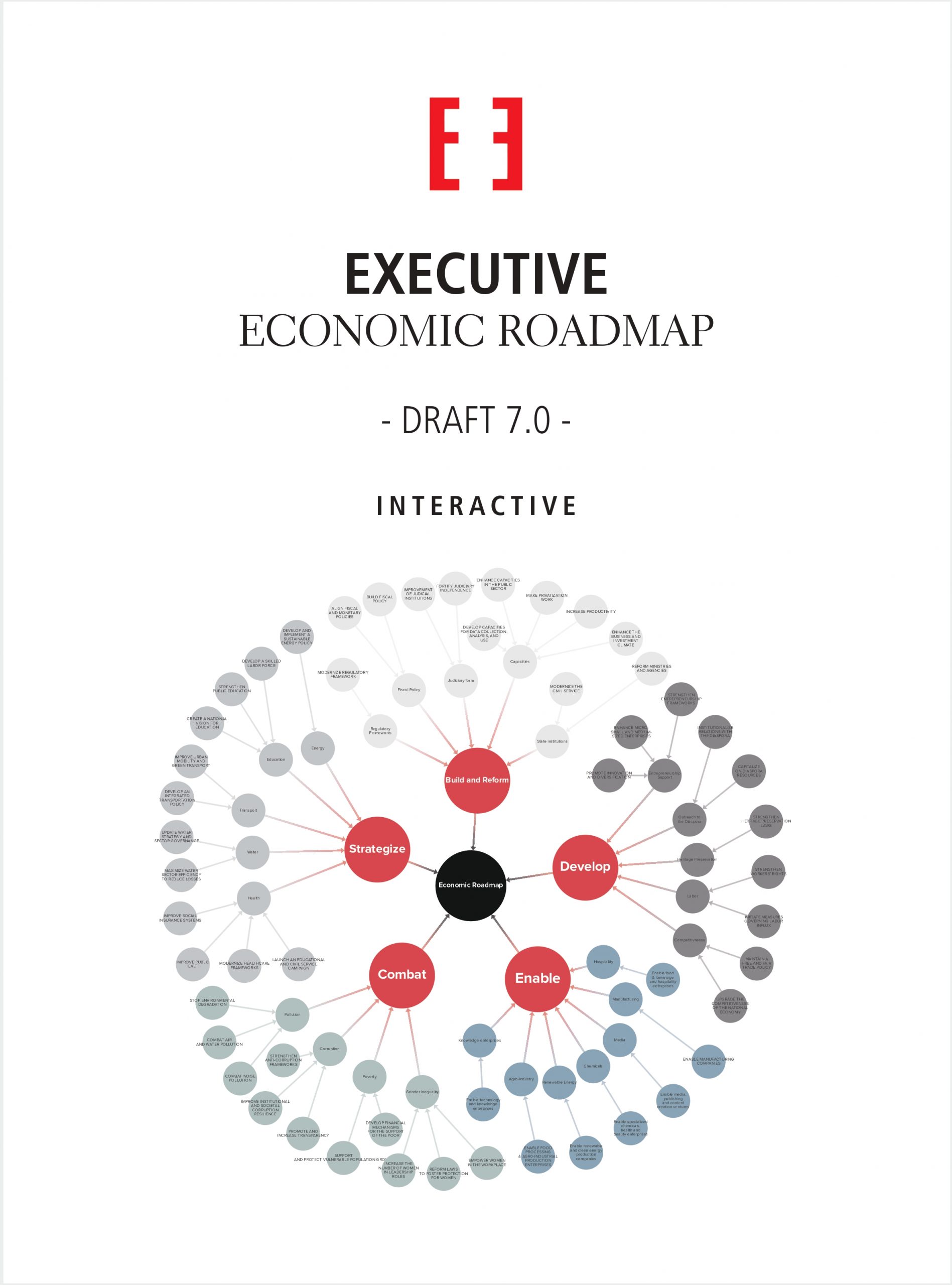It was another sunny day as I climbed towards the base camp of the majestic Mount Everest on September 15, with a few distant clouds lingering on the horizon. I never expected that this date, when Lehmann Brothers fell in bankruptcy, would mark one of the sharpest economic turning points in history and the commencement of an economic tumble never before experienced in our lifetime.
It would be foolhardy to try to assess the impact of the financial crisis on our region or on our business of private equity. Doing projections and predictions is a fruitless intellectual exercise at this point. Prophecies of yesterday are proven by tomorrow.
Private equity players are reacting to the crisis in various ways and styles. Some have sized-up the crisis incorrectly and invested in what turned to be bottomless financial companies like Washington Mutual, where a private equity house saw $2 billion wiped out in no time. But most players are being very cautious, while recognizing that good deals done in the next year or two may yield exceptionally high returns.
Yet the immediate focus is on the health of existing portfolio companies. As an active shareholder, PE teams are monitoring their portfolio companies very closely and are more focused on the health of their existing companies than on closing new deals. Liquidity in particular is monitored very closely, sometimes on a weekly basis.
The three priorities that have made the most sense to me so far are the following:
1. Increase productivity: It is the best positive reaction to survive the crisis. Corporations need to strive to make optimum use of their resources, both human and capital. Staff productivity has to be pushed even further, without necessarily meaning layoffs. If 1,000 employees are needed to carry $100 million of sales, then management should be focusing on how to sell $150 million with the same workforce. In some sectors where the pie has shrunk considerably, like construction, layoffs are necessary.
2. Preserve liquidity: Cash has proven to be one of the scarcest resources today and it is expected to remain so in the future. Preserving liquidity is a priority over growth. One company in our portfolio, for example, is only accepting projects that are cash flow positive and is turning down projects from clients that do not have acceptable credit worthiness.
3.Survival is a priority: Major corporations around the globe are focusing on survival — just witness the freefall of the world’s largest bank Citigroup — and that should be the focus of portfolio companies. Burdening the company with additional obligations needs to be avoided as much as possible.
Over the medium-term, deal valuation will decrease substantially. It may take owners of private companies some time to adjust to the new realities. But in the next few months, owners of such companies will realize that they are competing for a very limited pool of capital and as such they will have to value their companies accordingly.
More importantly, new investments and valuations have to take into account the scenario of declining earnings and revenues. The nice graphs that have all revenues and profits pointing upward will be seriously challenged by investment committees, as well as real life.
The light at the end of the tunnel is that the survivors will be stronger when the world begins doing business again. Private equity players that weather this storm and invest prudently will see their portfolio value grow substantially as the world economy emerges from its long, cold winter.
Imad Ghandour is chairman of the Information & Statistics Committee – Gulf Venture Capital Association.


